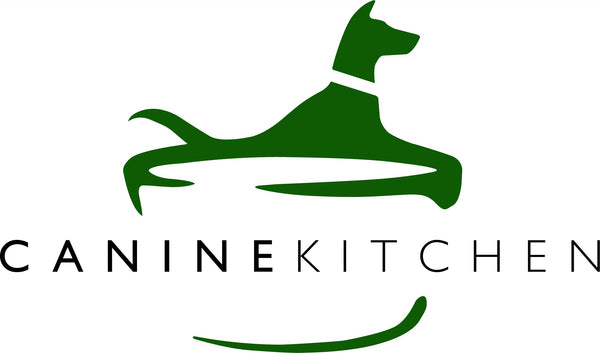Raw Food Safety
Raw Dog Food should be treated exactly as you would treat any raw meat. this section introduces how we strive to minimize any risk to humans of raw meat and also the steps you should take when preparing any meat
Bacteriophages
Recently, Scientists have discovered that naturally occurring viruses, called bacteriophages, can greatly reduce the risk of the presence of salmonella in raw food. Salmonella is not normally a risk to our dogs and cats. Some people, however, are concerned about the risks of salmonella infection to themselves and their families.The question is how to maximize the nutritional value of our raw pet food to promote the health of the animal while minimizing the risk to the owners.We do not want to destroy the nutritional value in the food so do not use aggressive "kill" techniques like HPP (High Pressure Pasteurization). As a result, we have recently introduced a salmonella specific bacteriophage into our food. These have been shown to significantly reduce the bacterial load but only destroy salmonella.For more information see:
https://healthypets.mercola.com/sites/healthypets/archive/2016/22/28/raw-pet-food-almonella.aspx
How to handle Raw Meat safely
-
CLEAN
- Wash hands and surfaces after use
- Wash your hands with warm water and soap for at least 20 seconds before and after handling food
- Wash your cutting boards, dishes, utensils, and counter tops with hot soapy water after use
-
SEPARATE
- Separate raw meats from other foods
- Separate raw meat from other foods in your refrigerator
- Serve the food in a dedicated bowl and wash it after use in hot soapy water or dishwasher
-
STORE
- Keep the food in the freezer until the night before you need it
- Thaw overnight in a dedicated container
- Return any leftover food to the refrigerator in a sealed container separate from cooked meat or other foods
- Use remains within 3 days
- Discard unused food after 3 days
